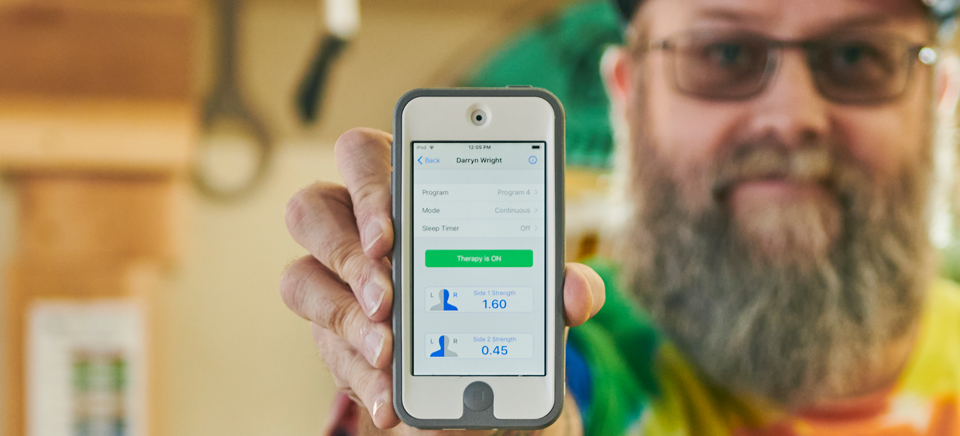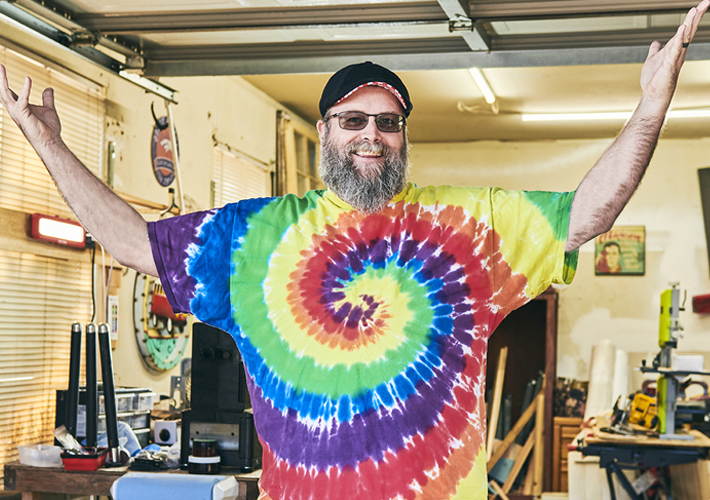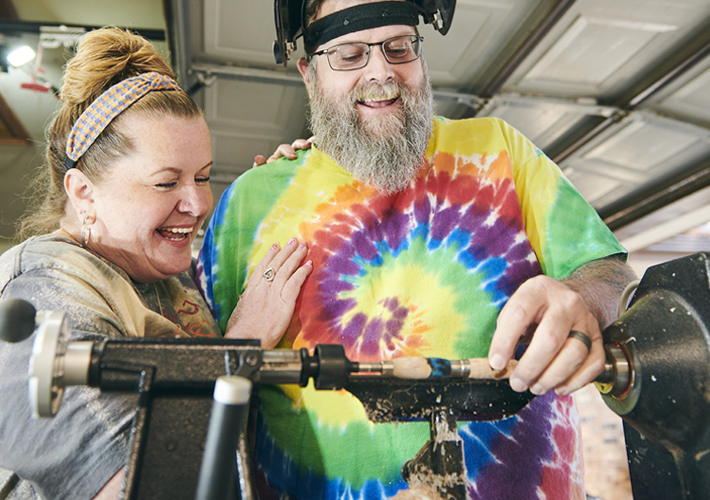Important Safety Information
ABBOTT INFINITY™ DBS SYSTEM
RX ONLY
Brief Summary: Prior to using these devices, please review the User’s Guide for a complete listing of indications, contraindications, warnings, precautions, potential adverse events, and directions for use. The system is intended to be used with leads and associated extensions that are compatible with the system
Indications for Use: Bilateral stimulation of the subthalamic nucleus (STN) or the internal globus pallidus (GPi) as an adjunctive therapy to reduce some of the symptoms of advanced levodopa-responsive Parkinson’s disease that are not adequately controlled by medications, and unilateral or bilateral stimulation of the ventral intermediate nucleus (VIM) of the thalamus for the suppression of disabling upper extremity tremor in adult essential tremor patients whose tremor is not adequately controlled by medications and where the tremor constitutes a significant functional disability.
Contraindications: Patients who are unable to operate the system or for whom test stimulation is unsuccessful. Diathermy, electroshock therapy, and transcranial magnetic stimulation (TMS) are contraindicated for patients with a deep brain stimulation system.
Warnings/Precautions: Return of symptoms due to abrupt cessation of stimulation (rebound effect), excessive or low frequency stimulation, risk of depression and suicide, implanted cardiac systems or other active implantable devices, magnetic resonance imaging (MRI), electromagnetic interference (EMI), proximity to electrosurgery devices and high-output ultrasonics and lithotripsy, ultrasonic scanning equipment, external defibrillators, and therapeutic radiation, therapeutic magnets, radiofrequency sources, explosive or flammable gases, theft detectors and metal screening devices, case damage, activities requiring excessive twisting or stretching, operation of machinery and equipment, and pregnancy. Loss of coordination is a possible side effect of DBS Therapy, exercise caution when doing activities requiring coordination (for example, swimming), and exercise caution when bathing. Patients who are poor surgical risks, with multiple illnesses, or with active general infections should not be implanted.
Adverse Effects: Loss of therapeutic benefit or decreased therapeutic response, painful stimulation, persistent pain around the implanted parts (e.g. along the extension path in the neck), worsening of motor impairment, paresis, dystonia, sensory disturbance or impairment, speech or language impairment, and cognitive impairment. Surgical risks include intracranial hemorrhage, stroke, paralysis, and death. Other complications may include seizures and infection. User’s Guide must be reviewed for detailed disclosure.
To review the full Impotant Safety Information (ISI), please click HERE.


